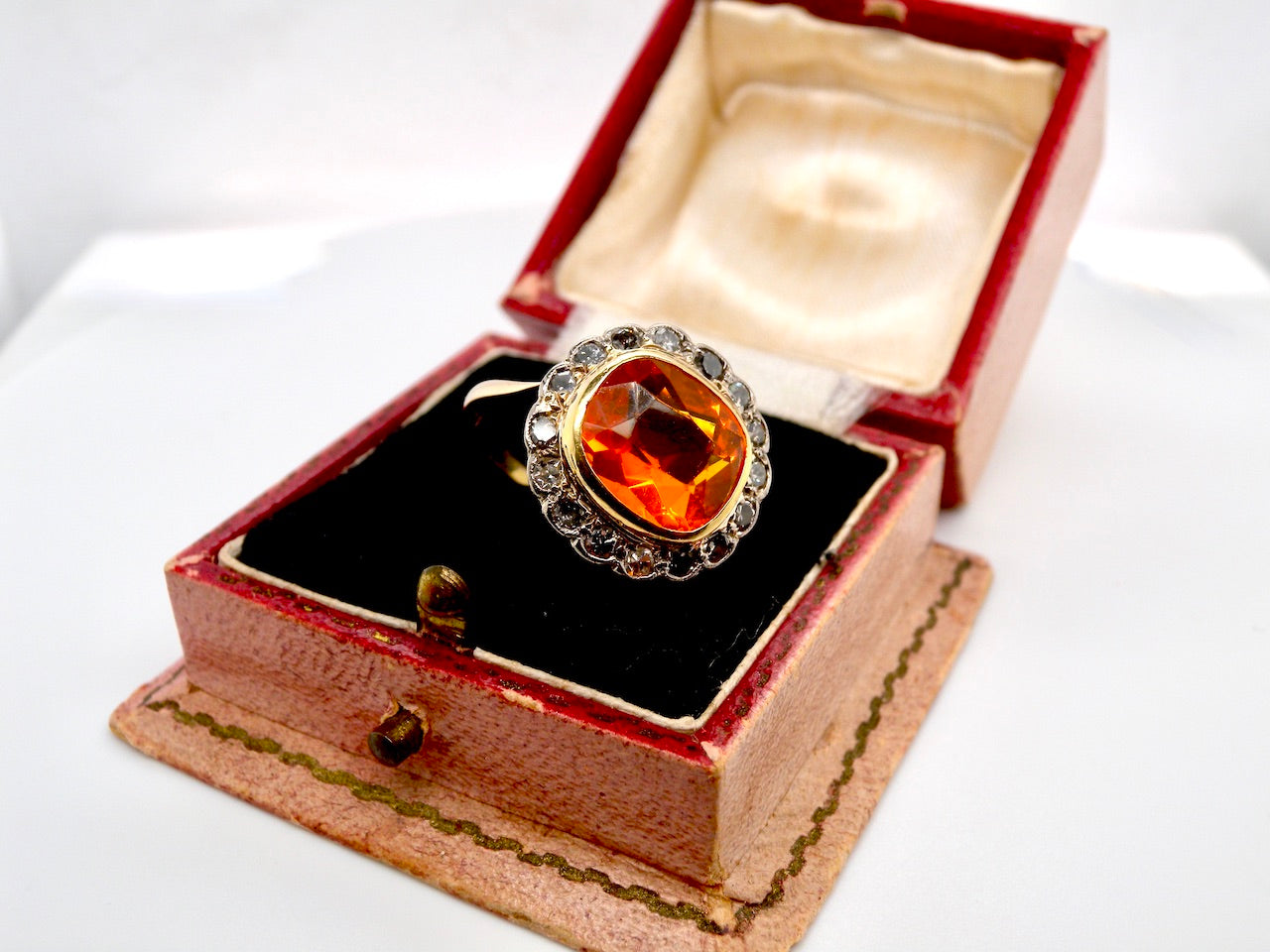Introduction to Diamond Care
Diamonds are prized for their beauty and durability, but they still need proper care to keep shining. This blog post will guide you through essential tips to ensure your diamond jewellery remains stunning for years.
Storage and Cleaning Tips
Storage: Always store diamonds in separate soft cloth bags or compartments to avoid scratching other jewellery. This prevents damage to both the diamond and its setting.
Cleaning: Clean your diamonds regularly using mild soap and warm water. Soak for about 20 minutes, gently brush with a soft-bristled tool, rinse, and dry with a lint-free cloth. Avoid abrasive cleaners to protect the surface.
Handling and Maintenance
Avoid Harsh Chemicals: Keep diamonds away from acids, bleach, and chlorine, which can harm the metal settings and dull the stone. Wear jewellery after applying makeup or perfumes to minimize exposure.
Regular Inspections: Have a jeweller check your diamonds annually for loose prongs or damage. This helps catch issues early and prevents loss.
Careful Handling: Handle diamonds gently to avoid chipping, especially at vulnerable points like tips on pear-shaped stones. Remove jewellery during activities that risk impact.
Traveling with Diamonds
When traveling, store diamonds in a secure, padded case and consider leaving valuable pieces at home to avoid attracting attention. This ensures safety during transit.
Specific Cleaning Steps
- Follow these steps for a thorough clean:
- Mix mild soap with warm water in a bowl.
- Soak the jewellery for 20 minutes.
- Gently brush with a soft tool, focusing on the diamond and setting.
- Rinse with clean water.
- Dry with a lint-free cloth.
Note: Different diamond shapes, like pear or marquis, may need extra care for pointed tips. Consult your jeweller for specific advice.
Detailed Survey Note on Diamond Care and Maintenance
This comprehensive survey note explores diamond care and maintenance, to provide a detailed guide for preserving diamond jewellery. The information is structured to cover all aspects, ensuring readers have a thorough understanding of best practices.
Background and Importance
Diamonds, known for their hardness and brilliance, are a significant investment, often carrying both monetary and emotional value. Proper care is crucial to maintain their sparkle and prevent damage, ensuring they last for generations.
Storage Practices
Research highlights the importance of proper storage to prevent scratching, as diamonds can damage other jewellery and vice versa. The recommended practice is to store each piece in an individual soft cloth bag or a separate compartment in a jewellery box. This prevents contact with harder materials, preserving the diamond's surface and setting.
Cleaning Methods
Regular cleaning is essential to remove dirt and oils that can dull a diamond's sparkle. The standard method involves mixing mild liquid soap with warm water, soaking the jewellery for about 20 minutes, and gently brushing with a soft-bristled tool. Rinse with clean water and dry with a lint-free cloth to avoid water stains. The GIA advises against abrasive household cleansers, ultrasonic, and steam cleaners at home, noting they can loosen settings.
|
Step
|
Action
|
Details/Notes
|
|---|---|---|
|
1
|
Fill a small bucket or cup with warm water
|
Water should be lukewarm, not too hot for hands; avoid using sink basin with blocked drain
|
|
2
|
Pour some detergent or hand soap into the warm water and mix well
|
Use a very small amount of detergent to make water slightly soapy
|
|
3
|
Place diamond in soapy water to soak
|
Soak for roughly 5 minutes to break down grime
|
|
4
|
Fill a second bucket with warm water and add ammonia-based glass cleaner
|
Optional, only for very dirty jewellery; NEVER use chlorine-based cleaners
|
|
5
|
After 10 minutes in detergent, place jewellery in second container
|
Optional, only for very dirty jewellery
|
|
6
|
Remove jewellery and clean with a soft bristle brush
|
Brush gently, extra scrub edges and back; be careful with prong-based settings to avoid loosening
|
|
7
|
Place jewellery back into detergent solution and brush to wash off dirt
|
-
|
|
8
|
Rinse with clean running water
|
Use a strainer in sink drain to avoid losing jewellery
|
|
9
|
Dry with lint-free cloth and blow dry if necessary
|
Don’t let water evaporate to avoid water stains
|
|
10
|
Do a quick routine check for damage
|
Check for loosening of prongs.
|



